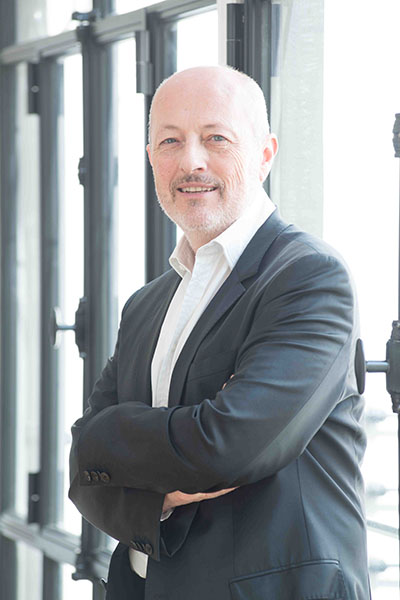Over Coffee® | Stories and Resources from the Intersection of Art and Science | Exploring How to Mak

A New Future in Sight
 (Photograph courtesy of GenSight BIologics, and used with permission.)
(Photograph courtesy of GenSight BIologics, and used with permission.)What if someone blind for decades could regain some of their sight?
That question’s no longer hypothetical.
Paris-based biotechnology company GenSight Biologics has now reported this exciting result in their current work–twice, and counting.
Recently, GenSight reported that the second of two retinitis pigmentosa patients involved in their current clinical trials has partially recovered their vision. The treatment: a combination of technology and therapy. And the study is ongoing.
Dr. Bernard Gilly, one of the co-founders of GenSight Biologics, has served as GenSight’s Chief Executive Officer since the company’s creation. His background includes more than 20 years’ experience, both in the pharmaceutical sector and as an entrepreneur. After three years as CEO of Pixium Vision, he is currently nonexecutive Chairman of their board of directors. Dr. Gilly also serves on the boards of Prophesee S.A. (formerly Chronocam), inventor of the world’s most advanced neuromorphic vision systems, and TISSIUM. The latter is a medtech startup,founded in 2013, with the mission of reconstructing and restoring damaged tissue.
Dr. Gilly shared the story of GenSight’s groundbreaking discoveries, offered a look at the timeline for their next accomplishments and discussed some of GenSight’s goals for the future.
On this edition of Over Coffee®, we cover:
- The story of how GenSight’s current project came about;
- What’s involved in the therapy and technology they’ve developed;
- One moment which Dr. Gilly found most rewarding during the study;
- What the next steps will involve, and a timeline;
- A look at safety factors;
- What qualifies a patient as a good candidate for this therapy;
- Some of the possible implications for other eye diseases;
- Dr. Gilly’s future goals for this treatment.






 Visit Podcast Website
Visit Podcast Website RSS Podcast Feed
RSS Podcast Feed Subscribe
Subscribe
 Add to MyCast
Add to MyCast